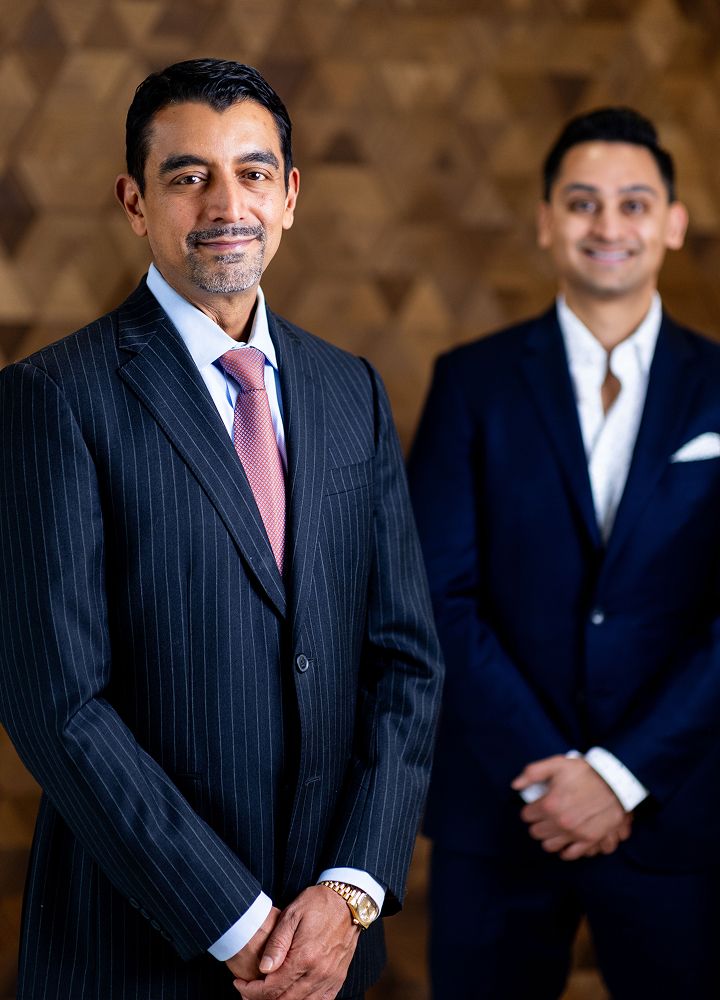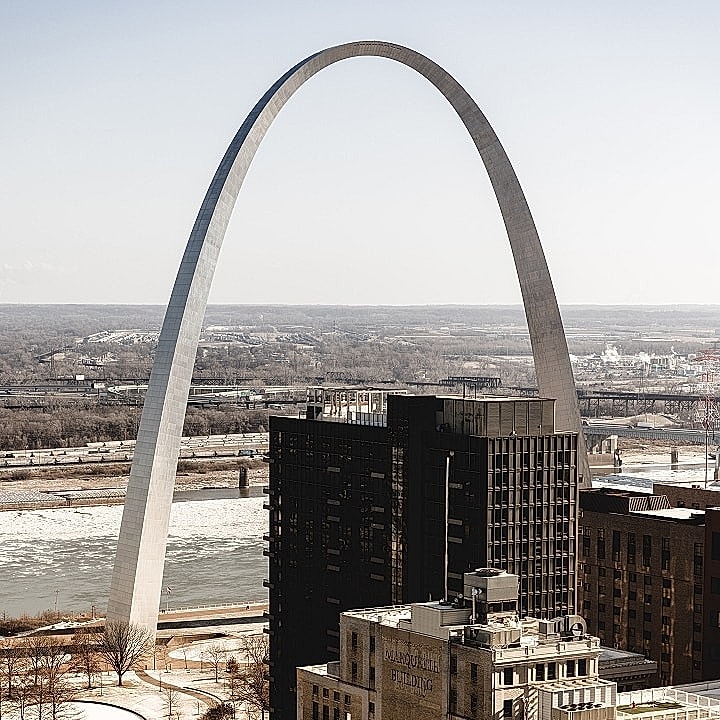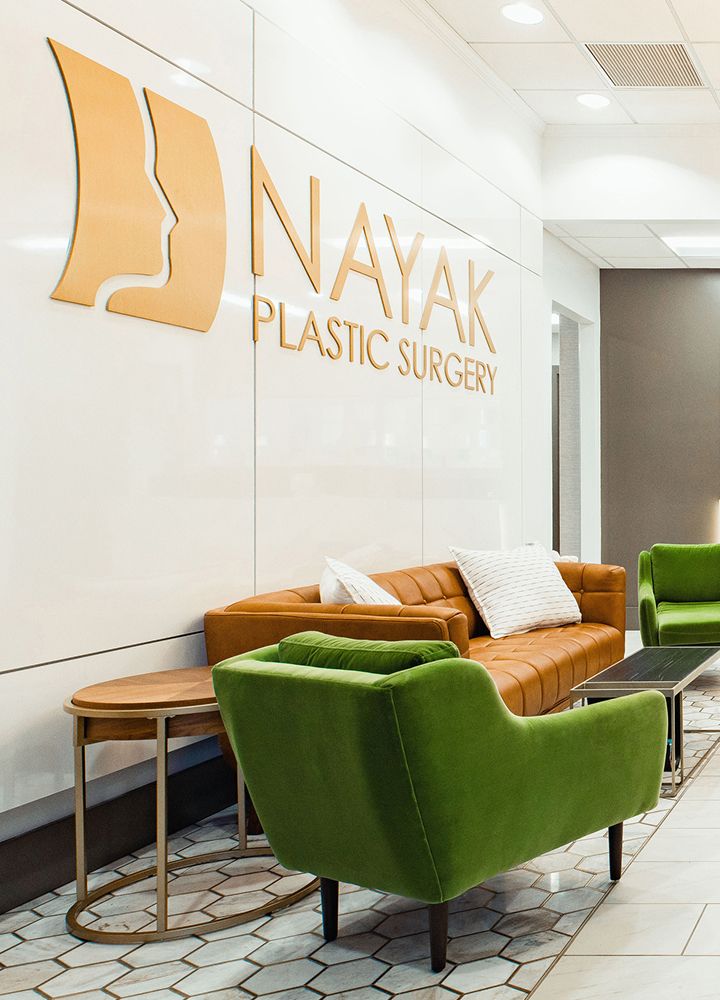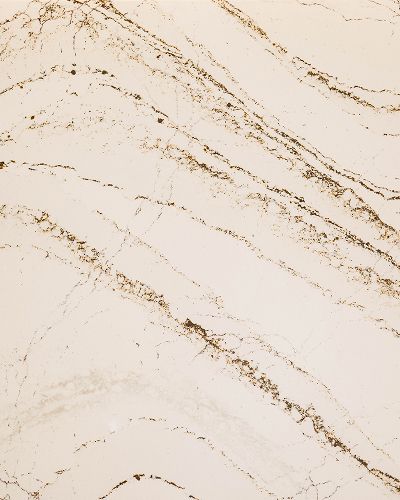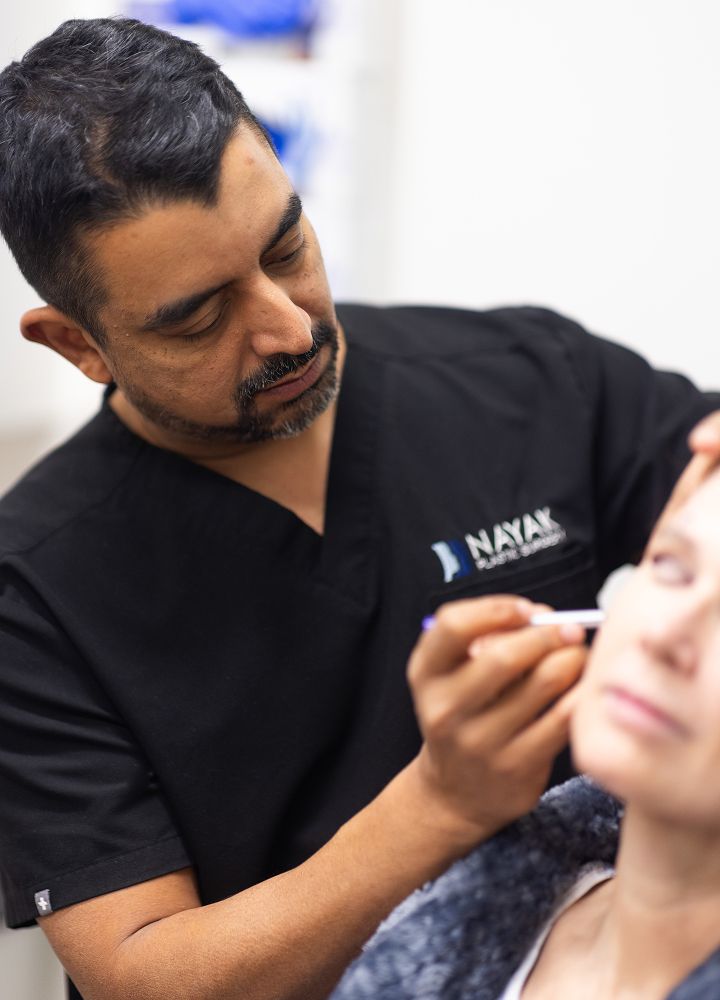Eyelid SurgeryIn St. Louis, MO
Eyelid Surgery
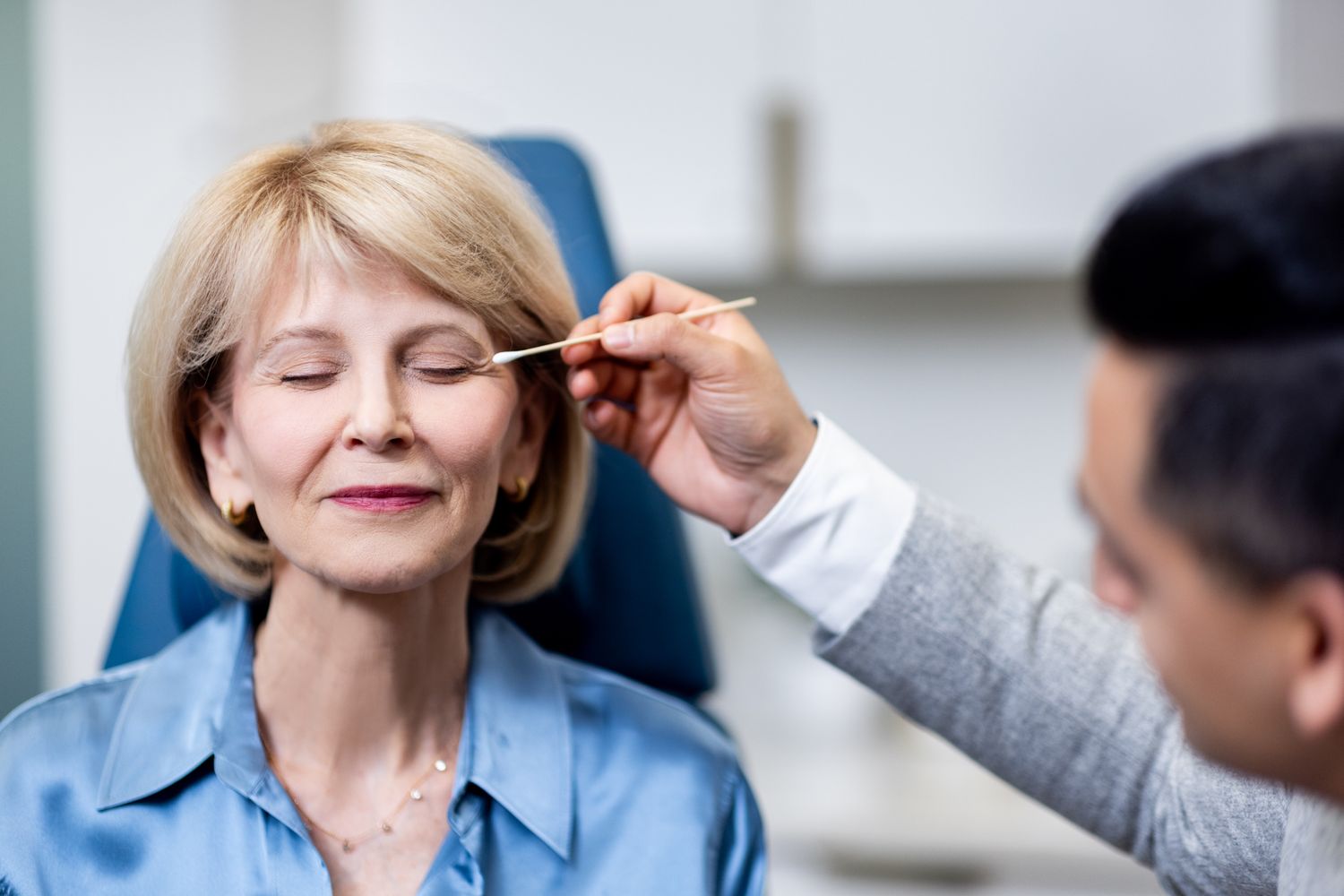
Eyelid Surgery

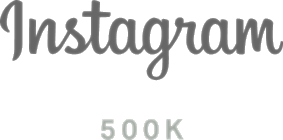









The upper eyelids are often among the first parts of the face to show age. Patients often report that sagging upper eyelids make them look sad, tired, or angry. Thankfully, upper eyelid surgery is among the easiest facial cosmetic procedures to undergo, and have very high satisfaction rates. The vast majority of our upper blepharoplasty patients have their procedures done in our in-office AAAHC-accredited operating suite under local anesthesia, and are back to work within a week.
1 of 13
During your consultation for upper eyelid surgery, Dr. Nayak will ask you what about your upper eyelids bothers you, and may also ask you to talk about other, related areas of your face, such as your skin tone or eyebrow position. Dr. Nayak will likely ask you to point out, very specifically, what you'd like to see changed. Identifying exactly what needs to be addressed is the cornerstone of good results!
Dr. Nayak will then review your medical history form, and may ask for some additional information from you. Previous eyelid surgery, LASIK surgery, and tendencies toward dry or runny eyes are important to mention to Dr. Nayak during this part of the consultation. Dr. Nayak will also pay special attention to parts of your medical history that need to be considered carefully when undertaking eyelid surgery, such as uncontrolled high blood pressure, or any medications or supplements you may take that thin the blood. In general, all over-the-counter pain/fever reducers (except Tylenol) are off-limits for 2 weeks before and after eyelid surgery, as are ginkgo biloba, St. John's Wort, or high doses of fish oil, flax seed oil, or vitamin E. At Nayak Plastic Surgery, Dr. Nayak and his team strive to offer the best eyelid surgery St. Louis has to offer in a safe and comfortable environment.
Dr. Nayak will then examine your eyelids to determine exactly what must be corrected to achieve optimum results.
Almost all patients require removal of some excess skin from the upper eyelids. In addition, some may require removal of excess fat, replacement of missing fat, or subtle repositioning of the eyebrows. Dr. Nayak will take a few moments to discuss these options with you to make sure they meet your personal aesthetic goals.
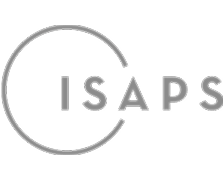
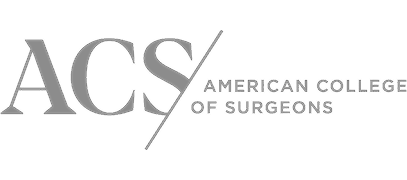
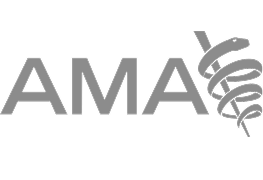



Once you have decided to undergo upper eyelid blepharoplasty, Dr. Nayak's staff will help you schedule your surgical date, and, about 2 weeks preceding that, a preoperative visit. Expect to spend about 90 minutes in the office on the day of your preoperative visit. During this visit, you will be educated on before instructions, after instructions, and prescriptions. Written copies of all of these will be given to you at this visit, as well, and you will be able to fill your prescriptions ahead of time.
You will also be reminded at this time to avoid for 2 weeks before and after surgery any medications and supplements that thin the blood. Also at the preoperative visit, your private preoperative photographs will be taken, and the surgical consent form will be read to you. Finally, at the conclusion of this visit, the balance of your surgical, facility, and anesthesia fees will be due.
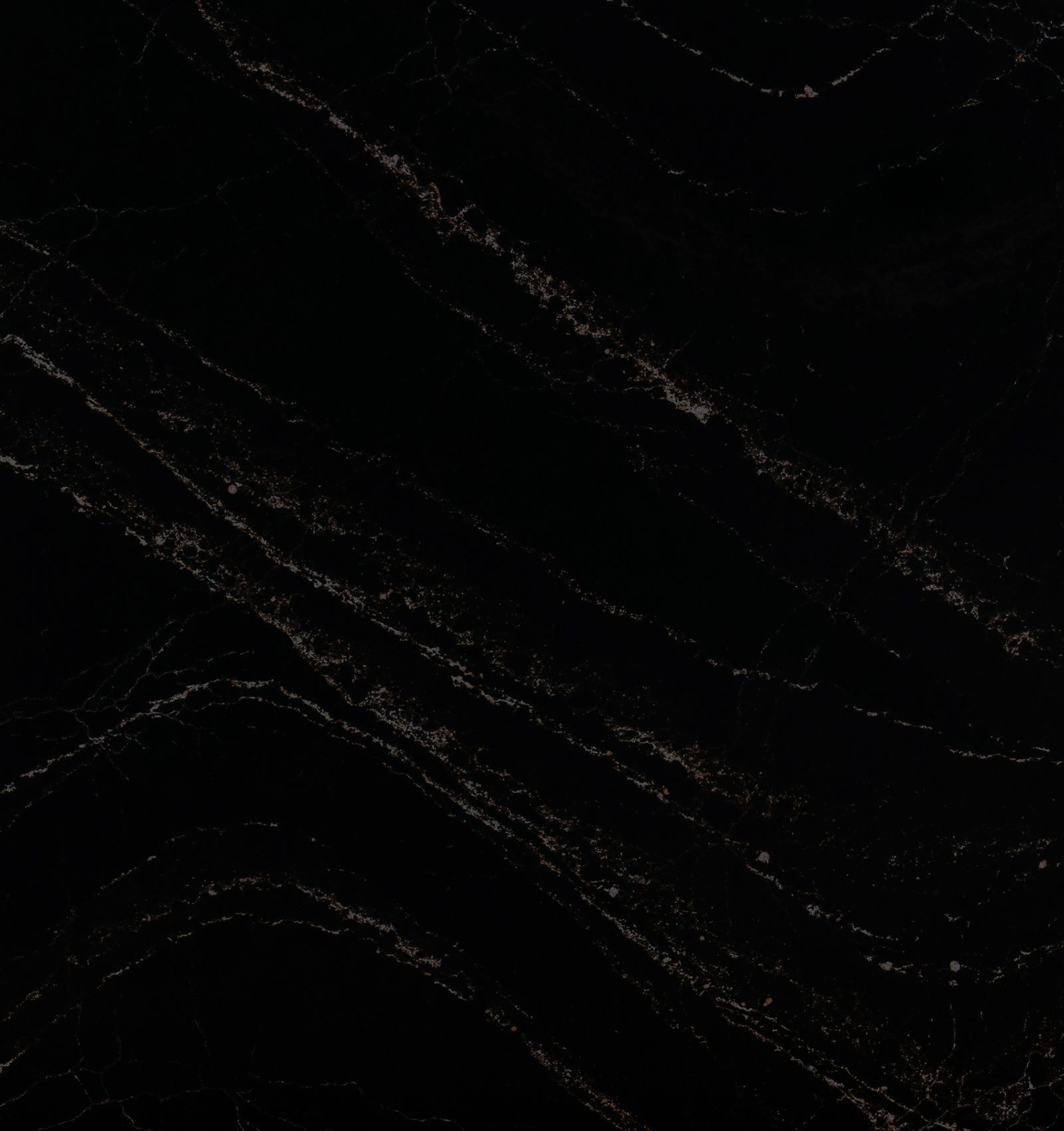
In general, you will be asked to arrive at 7:15 AM the morning of your planned surgery. You should have nothing to eat or drink (not even water, candy, or gum) after midnight the night before your procedure. If Dr. Nayak prescribed antibiotics, oral sedatives, or if you take blood pressure medication in the mornings, you may take these with a small sip of clear water.
You will need an adult driver on the day of your surgery to bring you and to take you home. Your companion may wait in our comfortable reception area, watching TV, reading, and enjoying coffee, soda, and snacks. Alternatively, if your companion wishes to leave a cellular telephone number, we can call him or her with updates and also at the conclusion of the procedure. Upon your arrival, Dr. Nayak's staff will greet you and review your medical history, looking for any new changes since your initial consultation.
Dr. Nayak and his staff will also confirm that they and you are in agreement about which procedures are to be performed, and those areas will be marked with you sitting upright in a chair. If you are a woman under 50 and have not been surgically sterilized, a urine pregnancy test may be performed. In any case, you will have one last opportunity to have last-minute questions answered and use the restroom, and will be escorted to our AAAHC-accredited surgical suite.
Once there, you will be positioned comfortably on your back, with pillows behind your knees and under your neck. Blankets are also available if needed. You may also bring your own iPod or CD's, or listen to our choice of soothing music. Painless blood pressure and oxygen monitors will be placed on your arm and finger, and massaging air-filled stockings will be placed on your legs and thighs to encourage excellent circulation while you are lying down.
Most patients truly enjoy these stockings and find them very soothing. Dr. Nayak and his staff will then perform one final "time-out" aloud to ensure they are about to embark on the appropriate procedure on the appropriate patient. As the sedation takes effect, you will drift off to sleep and your upper eyelids will then be slowly, gently numbed with local anesthesia, and sterile towels will be placed around your face and neck.

Pain is generally mild or absent with eyelid surgery. The vast majority of patients take Tylenol or nothing, but stronger medications are prescribed just in case, as all other over-the-counter pain relievers will be off-limits for 2 weeks. You will be asked to use intermittent cold compresses and keep your head elevated for the first few days.
Your Recovery - Day 1:
At the conclusion of your procedure, Dr. Nayak will tell your companion how everything went, and he or she will have the opportunity to see you. You will be mildly bruised and swollen at this point. There are no bandages for upper eyelid surgery - only a thin layer of Vaseline on the suture line in the crease above your eyelid. You will be asked to spend 1 hour with us prior to being discharged. Dr. Nayak will call you the evening of the procedure to check on your progress, and you will also be given Dr. Nayak's personal cellular phone number in case questions should arise after hours or on the weekends.
Your Recovery - Week 1:
You should be up and about and feeling well the same day as upper eyelid surgery. Many patients find they nap intermittently the first afternoon, and are back to their regular energy the next day. You may shower and wash your face, getting the stitches wet, the day after the procedure. On the 4th or 5th day after surgery, you will return to the office for a painless suture removal visit. If you have significant bruising remaining at this point, it may be treated with a laser to hasten its disappearance.
By the 7th day, you may wear makeup, and almost everyone is "presentable" to run errands or go back to work. By 2-3 weeks, most people are "undetectable". If you are not self conscious about being seen with bruising or sutures in place, or work from home, expect to be back to work within 2-3 days!

Over the ensuing weeks and months, you will find your incision line becomes less and less noticeable. It is generally mildly pink for a few weeks, but easily covered with regular makeup.
By 3-4 months, the pinkness is generally gone, and by 1 year it is often difficult for even a trained eye to spot the healed incision upon close up inspection. While duration of results depends on lifestyle, genetics, and ongoing skin care and sun protection, upper eyelid surgery is one of the most durable facial cosmetic procedures. It is not uncommon for results to last well over 10 years before touch ups are required. For detailed information about eyelid surgery, please visit Eyelid Surgery St. Louis.
